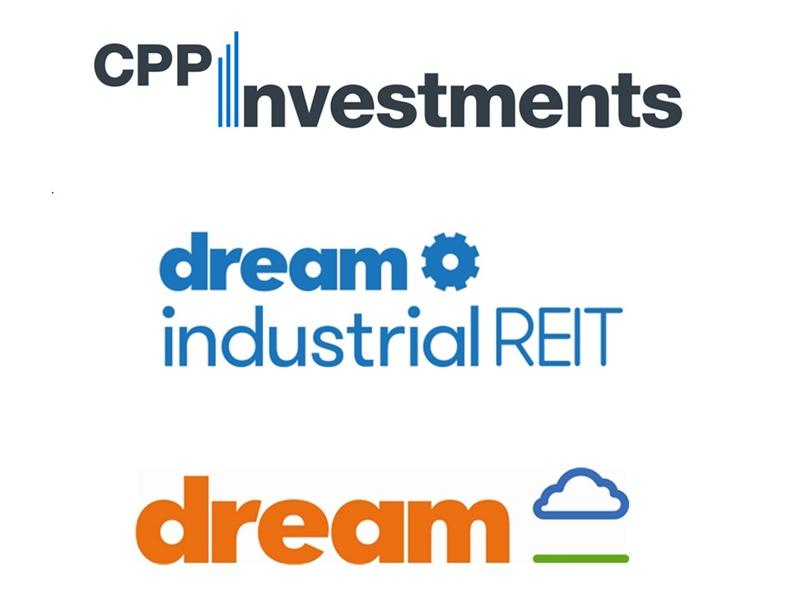In light of COVID-19, Colliers anticipates vacancies could increase in the short- to medium-term, particularly in office product.
Based on a survey Statistics Canada conducted during the week of March 22, 4.7 million Canadians who typically work in the office had begun working from home.
According to Statistics Canada this number, plus the number of employees who had already been working from home pre-pandemic, add up to 6.8 million people or 39.1 per cent of Canadian employees using their personal spaces as offices.
Another survey, conducted by Research Co., revealed 73 per cent of Canadians think more people than ever will work from home post-pandemic.
The above figures and sentiments could result in companies taking less space and increased vacancy rates in the office market. This would lead to more options for occupiers, and heightened competition among owners and landlords to attract and secure buyers and tenants.
“We have vaulted five years forward . . .”
Additionally, the lockdown brought on by the crisis has resulted in accelerated adoption and use of digital technology.
An article from management consultant firm McKinsey & Company entitled The COVID-19 recovery will be digital: A plan for the first 90 days states: “We have vaulted five years forward in consumer and business digital adoption in a matter of around eight weeks.”
As a specific example, a survey the same firm conducted, Canadian consumer sentiment during the coronavirus crisis, found that 15 per cent of Canadians are videoconferencing more for professional purposes, while 10 per cent started videoconferencing as a result of the pandemic.
Because of these changes that have, and are expected to occur, property marketing will become more essential – and digital – than it has ever been.
The order of the day will be proactiveness, embracing technology and mobility, and differentiating each offer and presenting it in a way that will drive interest – and eyeballs – to a listing, all while adhering to pandemic protocols.
There are several property marketing strategies the Colliers team has proven to be successful in helping owners and landlords drive leads and influence prospects. While we typically employed many of these pre-COVID-19, we have seen an acceleration in their use and effectiveness.
Sell the property’s benefits, not just the features
This method is a given and should be applied to every marketing effort, but it’s especially important to do so when buyers and tenants are faced with a myriad of property choices they could potentially call home. As marketers, it is our job to speak to a product’s benefits instead of leaving it up to prospects to decipher them.
So, the building has floor-to-ceiling windows.
Instead of simply naming this feature, state outright the advantage: more natural light, which, according to The Human Spaces Report into The Global Impact of Biophilic Design in the Workplace, is the most sought-after feature in the workplace. Along with other natural elements such as greenery, it increases employees’ well-being and creativity by 15 per cent.
Go beyond the property itself and speak the buyer’s or tenant’s language. Highlight nearby amenities, the neigbourhood, the property’s accessibility via transit and so forth.
As well, it is critical for tenants to know the building is well-managed, with proper protocols in place, in light of the current crisis or in the event of a future one.
The more your target audience feels your marketing campaign is addressing their specific needs and persona, the higher the chances they will respond and perform the action you want.
Go the distance; digitally engage prospects
Digital resources and strategies that allow marketers to reach and connect with potential buyers and tenants when face-to-face interaction is limited or not possible, have taken centre stage.
* Virtual tours and videos help bridge the gap between simply speaking about a property and showing the actual space. Virtual tours are the closest prospects can get to seeing a space without actually visiting the location. At Colliers, we’ve produced almost 50 per cent of our entire in-house virtual video tour library in the last two months alone, which illustrates the heightened need and demand for this feature;
* Virtual meetings allow us to gather a group of interested parties and walk them through the promotional pieces for the property. The property owners or landlords can also attend these virtual gatherings to provide their comments and get a sense of the property’s reception in the market;
* Performance-based digital property campaigns via Google Ads and publisher-direct deals are an effective way to raise awareness and acquire leads, especially now that prospects are getting more screen time than ever due to work-from-home arrangements. These platforms offer laser-targeted campaigns, allowing you to select when, where and to whom your ads are displayed. Plus, you can use analytics to measure campaign success and ROI;
* Social media marketing builds brand awareness and drives visitors to listings. Again, target audiences are in front of their screens today more than they have been at any other time. Using social media sparks conversations and facilitates connections with prospects. Paid advertising on social media platforms enables you to target specific segments of the population.
Get the copy right, keep it up to date
It is critical to write copy that addresses your target market’s needs while being sensitive to the ongoing situation.
Releasing content that could be considered “tone-deaf,” even offensive, is damaging, not just to your campaign, but to your brand.
Review and update copy as needed and consider date-stamping collateral to clearly convey that it’s up-to-date and reliable.
Above all else, show empathy
While not technically a marketing strategy, this is by far the most important approach to take when conducting marketing and connecting with clients and prospects during this time. Putting ourselves in their shoes contributes to a deeper understanding of their needs and concerns, and how we can best help.
While social distancing presently prevents us from physically showcasing a space or personally pitching an idea, I’ve found that it has encouraged us to have more meaningful, in-depth conversations that result in a deeper grasp of not just the client, but of the person on the other end.
I do believe increased empathy and compassion will endure well after the crisis ends, making our relationships stronger, our wins more relevant and our industry better.
As the crisis and thus, the market, the industry and consumer behaviour continue to evolve, we are in a “watch-and-adjust-as-needed” mode.
While we cannot predict the other changes coming our way nor how the situation will conclude, we can prepare and be ready to use the tools at our disposal to try to generate the best outcomes.
The above recommendations are meant to help ensure a successful property marketing campaign as we all navigate this unfamiliar situation.







